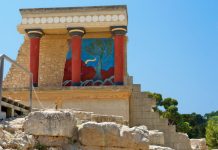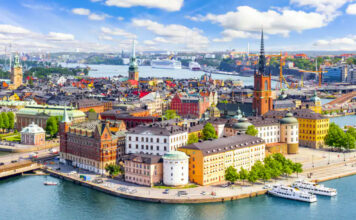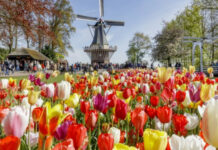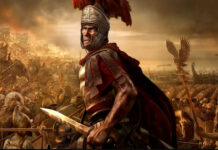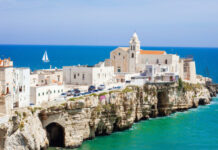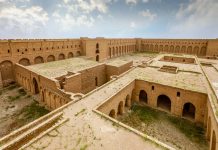Divine Creation in Four Years
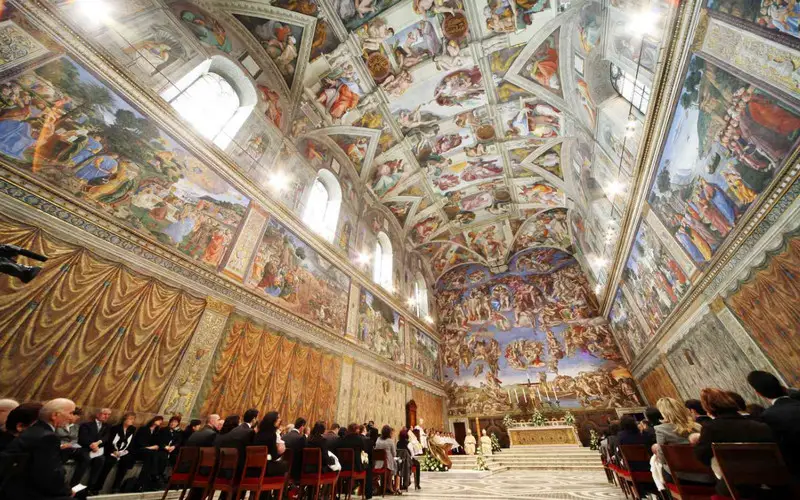
Michelangelo, primarily a sculptor, reluctantly accepted the commission from Pope Julius II in 1508 to paint the chapel’s ceiling. Despite considering himself a novice in the art of fresco painting, he completed the astonishing work in a mere four years, from 1508 to 1512.
Iconic Creation of Adam
![]()
Among the most renowned panels on the ceiling is the depiction of God giving life to Adam. This scene, from the Book of Genesis, showcases the outstretched hands of God and Adam nearly touching, conveying the moment of divine creation with breathtaking poignancy.
Punishment of Haman

Michelangelo subtly included portraits of some of his contemporaries within the frescoes. The face of Biagio da Cesena, a Vatican official known for criticizing the nudity in the artwork, was immortalized as the face of the condemned Haman in “The Punishment of Haman” scene.
Vivid Color Palette Restored
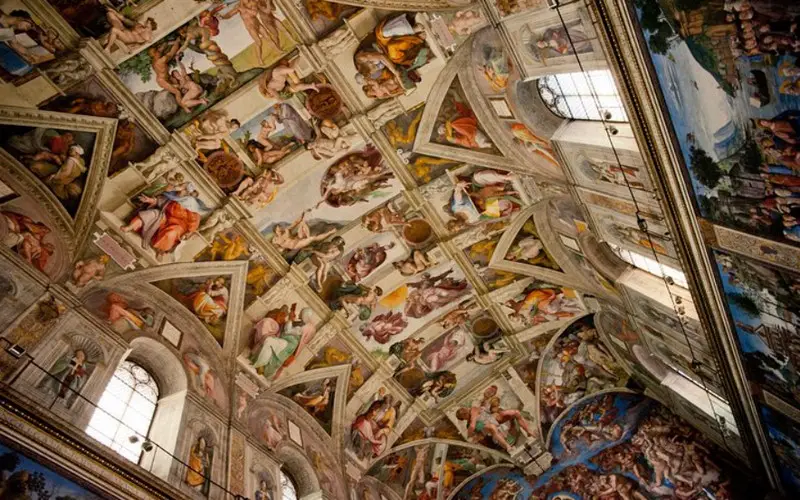
Over time, the original vibrant colors of the frescoes became obscured due to dirt and soot. However, a meticulous restoration effort undertaken from 1980 to 1994 revealed the stunning and vivid color palette Michelangelo had used, reinstating the brilliance of his work.
The Last Judgment Fresco
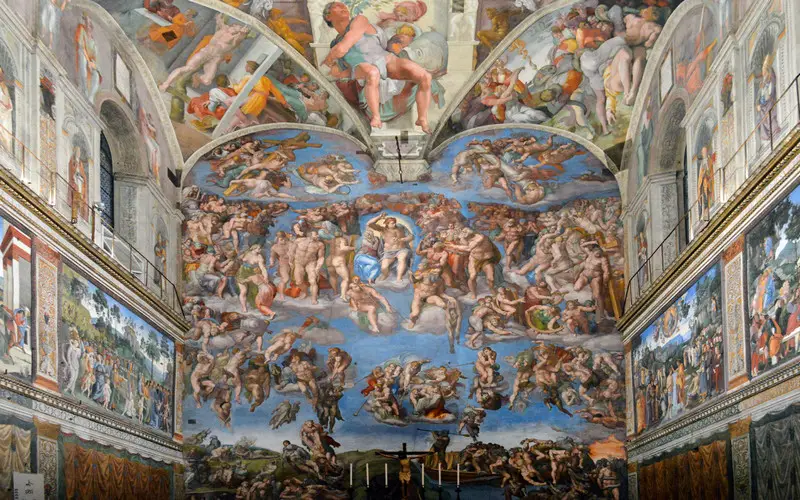
Nearly three decades after completing the ceiling, Michelangelo returned to the Sistine Chapel to paint “The Last Judgment” fresco on the altar wall. This colossal masterpiece, completed in 1541, portrays the second coming of Christ and the final judgment of souls.
Unparalleled Artistic Technique
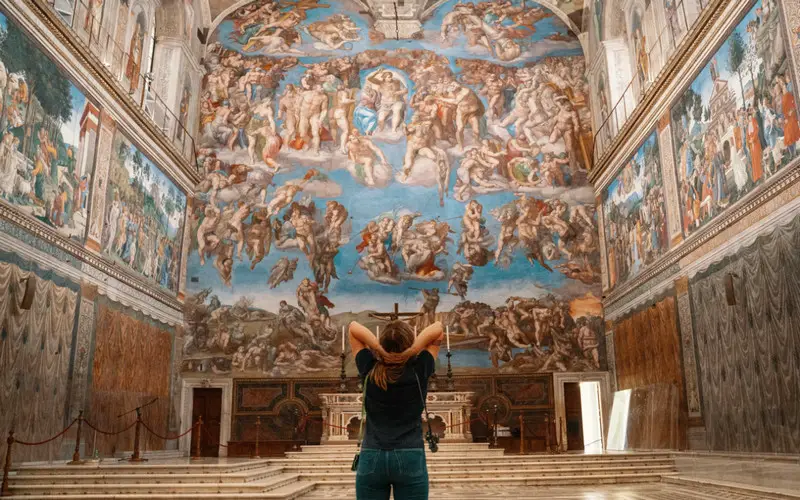
Michelangelo employed a unique and challenging fresco technique, painting directly onto wet plaster, which required precision and speed. His mastery allowed him to create an illusion of depth and three-dimensionality rarely seen in fresco paintings.
Over 300 Biblical Figures

The Sistine Chapel ceiling comprises more than 300 figures, each meticulously crafted to illustrate stories from the Book of Genesis and other biblical narratives. From the creation of the world to the stories of Noah and the prophets, every panel tells a compelling tale.





